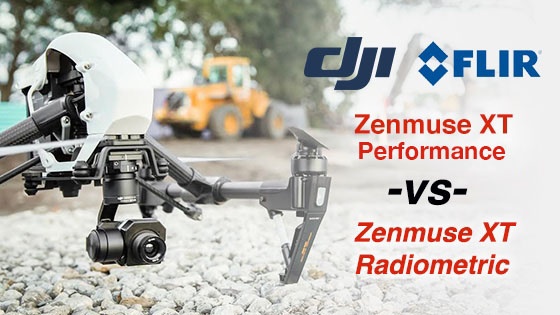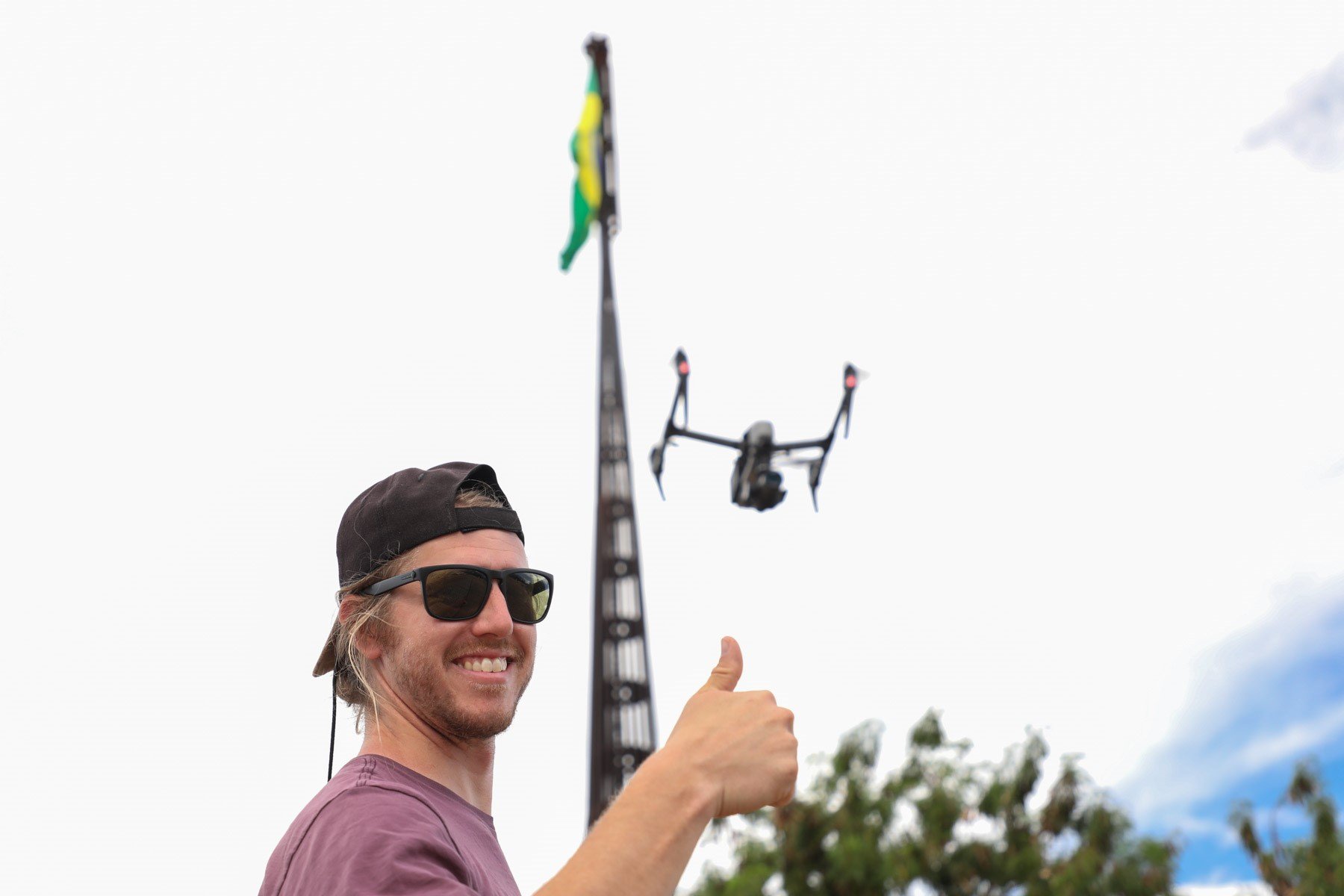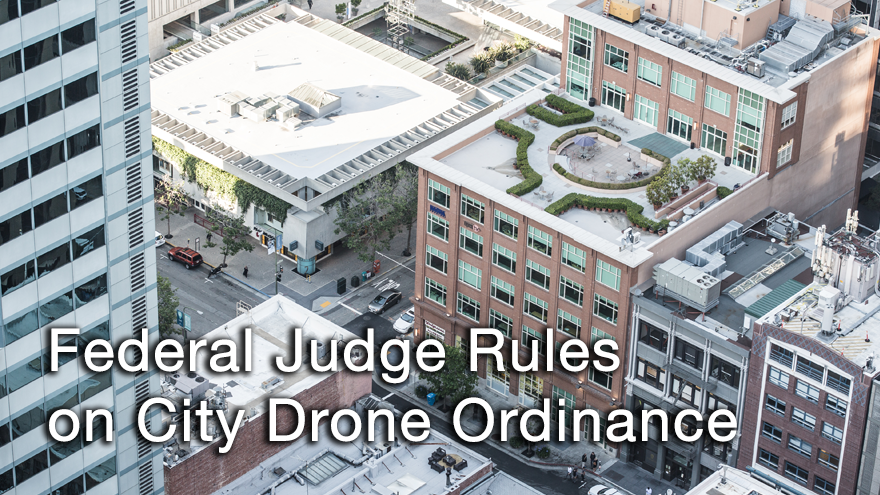
One of the most common questions we get is, “What’s the difference between the DJI Zenmuse XT Performance and the Zenmuse XT Radiometric?” Besides the price difference, there are a number of features that set these two thermal imaging cameras apart from one another. What many are unaware of is that both cameras also have many similarities. So let’s get into the details below.
Before we get into the major differences, here are a few important similarities between these models. Both cameras have a spot meter, which allows for real-time temperature measurements in the field. In addition, both the XT Pro and the XT-R (Radiometric) shoot radiometric images and each pixel can provide temperature data within FLIR Tools+. That’s right, both the XT Performance and the XT Radiometric shoot Radiometric Jpegs.
The XT Radiometric
The XT Radiometric adds a few in app software additions to the XT series of thermal imaging cameras powered by FLIR. In addition to the spot meter, the XT-R will allow you to take a temperature reading of every single pixel on the screen while in the field. The XT-R also has the ability to get an average area reading providing you with a high, low, and average temperature of your defined area. This makes the XT Radiometric the better option for operators who need to gather large area temperature readings quickly.
Another benefit to the XT-R is the ability to input emissivity values while in the field. In many cases, the value of any IR imaging depends on what you are looking at and having the correct emissivity values for that surface or material. Having the ability to do this in the field will allow for more accurate and precise reports.
The XT Radiometric is professionally calibrated and guaranteed to provide you with absolute temperature measurements with an accuracy of +/- 4 degrees, making it the clear winner for inspections where temperature needs to be precise. These features come at an added cost over the XT Performance. If you don't require precision measurements you may want to check out the Zenmuse XT Performance, which is significantly less expensive. Let's cover this camera next.
The XT Performance
The Zenmuse XT Performance features a spot meter, much like the Radiometric model, but lacks the pixel by pixel area measurement in the field. The spot meter grabs the temperature from the center 4 pixels on the screen. It also lacks the ability to input specific emissivity values. (Although this can be done once the images are downloaded and loaded into FLIR Tools +.) The XT Pro could have inaccuracies up to 14 degrees but in most cases we have found it to be almost identical to the XT Radiometric, falling within a few degrees of “true” temperature.
The Zenmuse XT Performance still remains a great option for many. For example, a law enforcement agency using a thermal imaging drone for search and rescue operations would not need absolute temperature measurements.
The same goes for fire departments using thermal imaging to spot victims in low visibility. The difference in temperature between a person and the background would be enough to negate even a very large margin of error. Precision measurement isn’t required to see heat transfer either. The transfer will show none less.
In commercial roofing when scanning large flat surface areas and searching for water beneath a substrate or targeting a leak source, the thermographer is more concerned with finding anomalies and not performing specific temperatures measurements. An inspector is not concerned if a leak is 68 degrees or 72 degrees, it is still a leak.
In cases like these, the Zenmuse XT Pro is more than enough and the cheaper price tag is also a feature that appeals to those with a tight budget. Then there are those who like to have the features of the XT-R, even if it will not be needed at the current time.
As you can see, the added features on the XT Radiometric are certainly remarkable, especially to those interested in precision temperature measurements and inspections. On the other hand, the Zenmuse XT Performance model offers a price point ideal for commercial roofing, law enforcement, fire departments, and search and rescue operations. Hopefully, this article will help you decide which XT is right for you.
No matter what camera you are using, we highly recommend thermography training. This will help make sure that you get the most out of your equipment and provide more value in your reporting. We offer level 1, 2, and 3 thermography training through ITC (Infrared Training Center). To learn more, click the image below.










